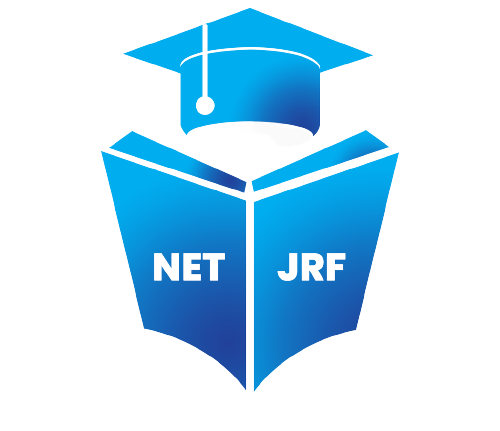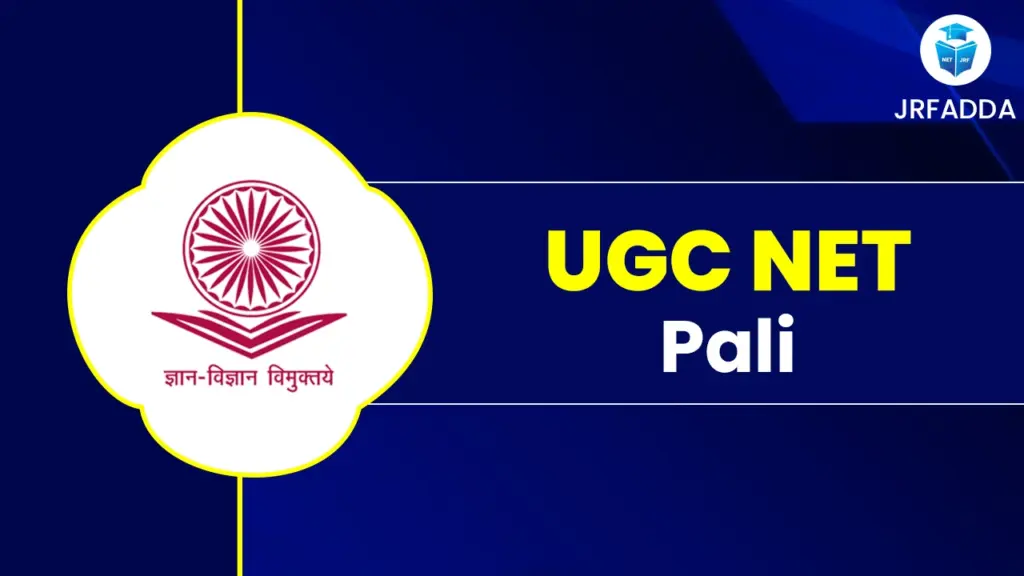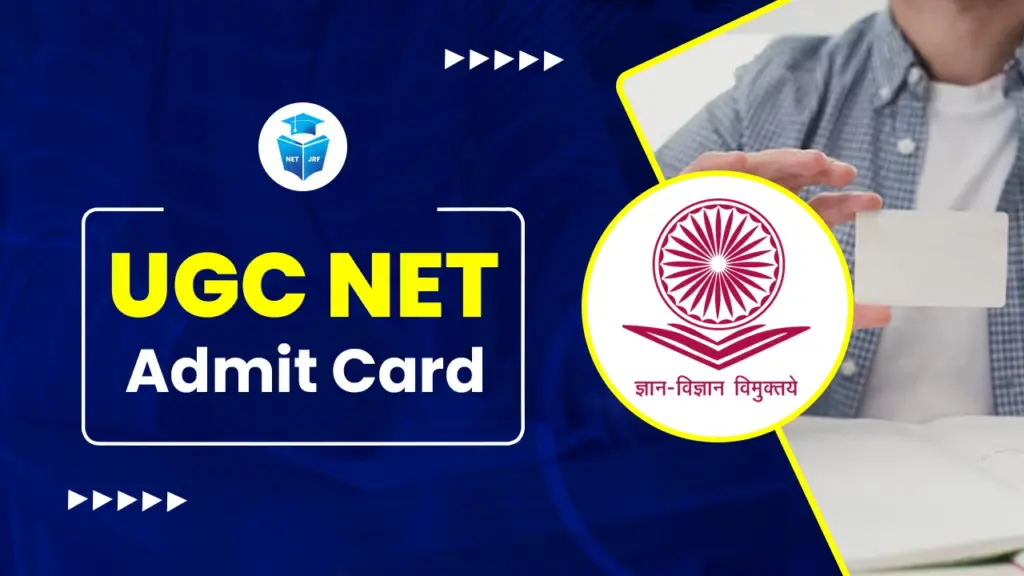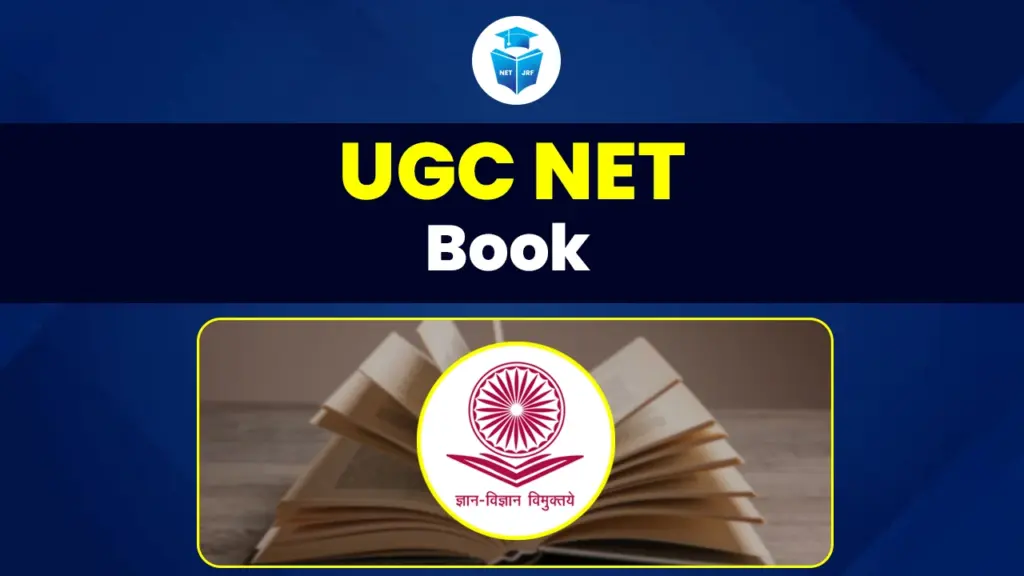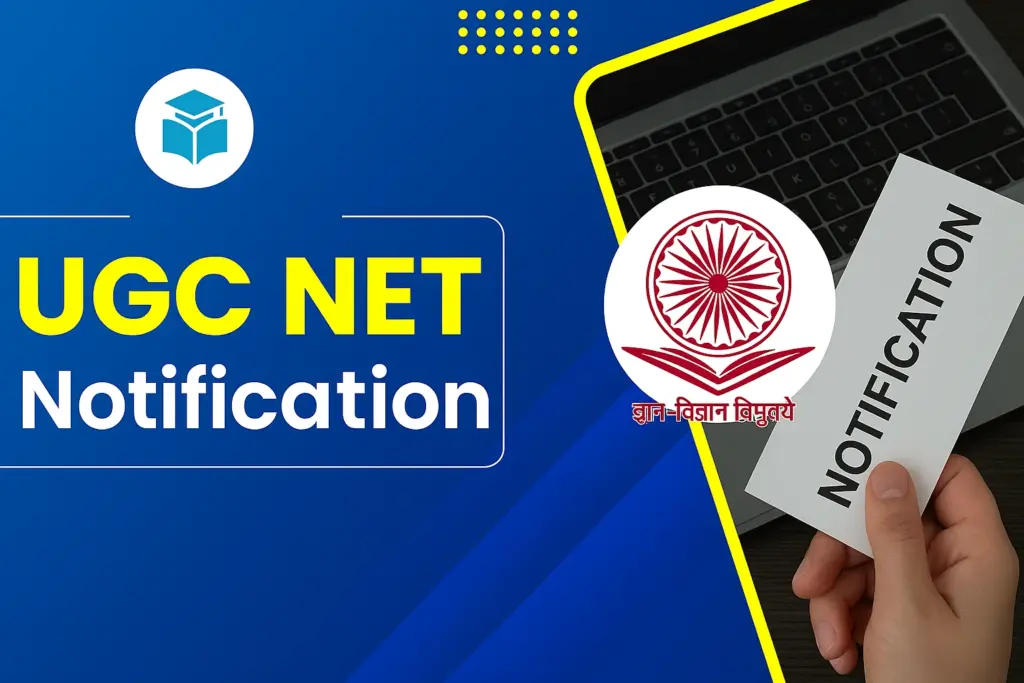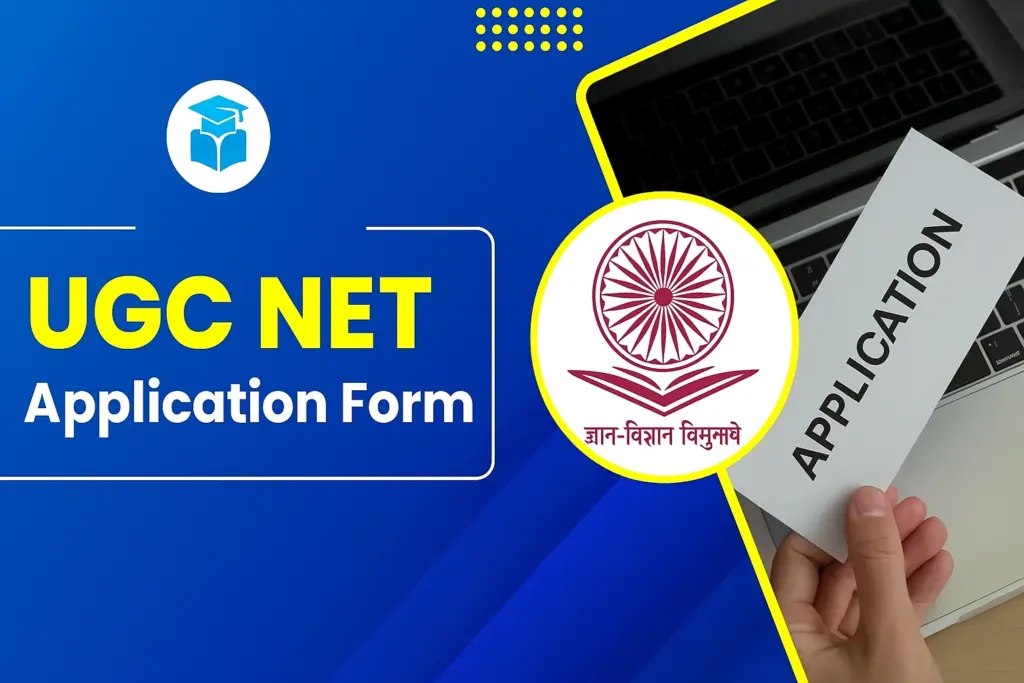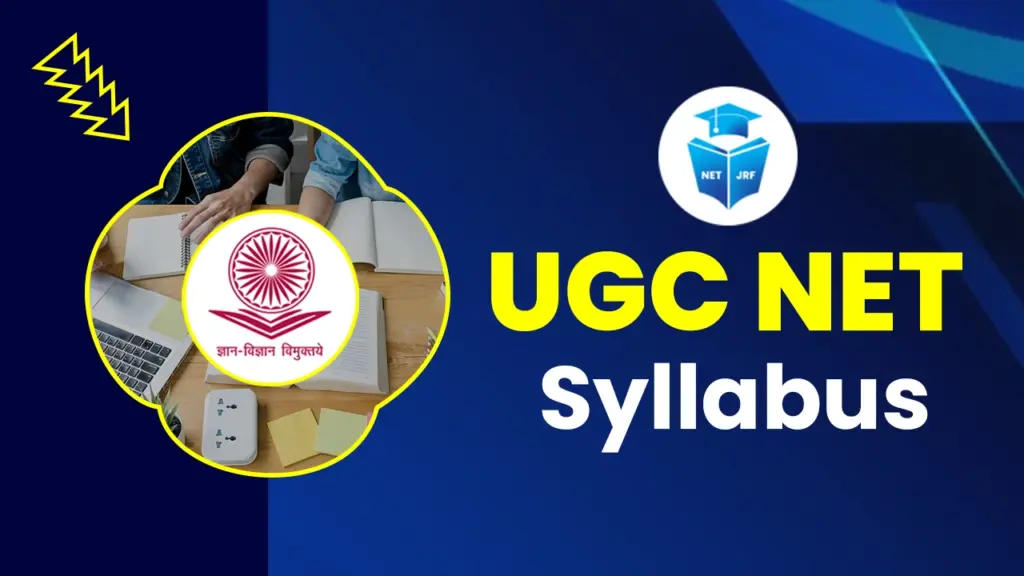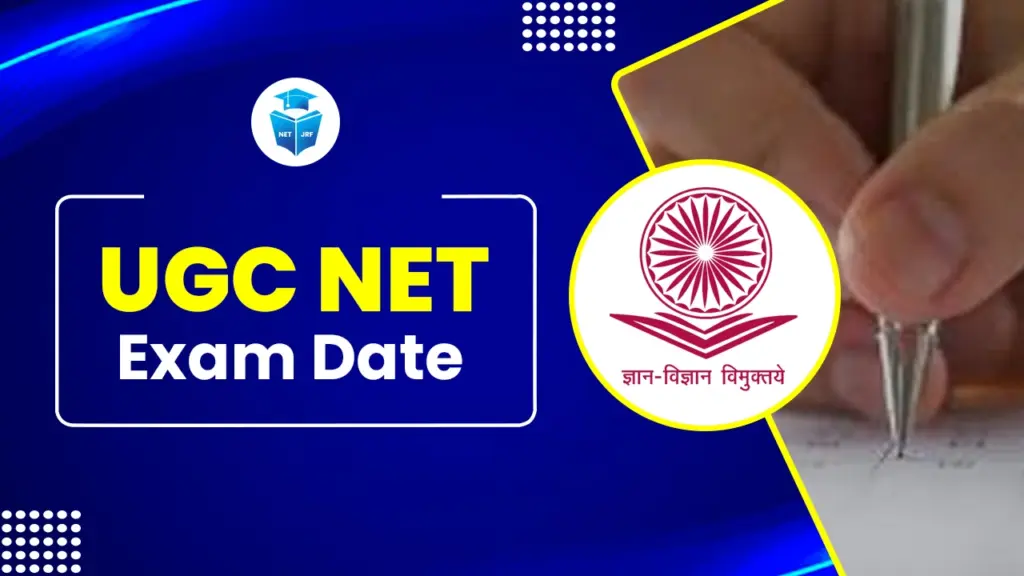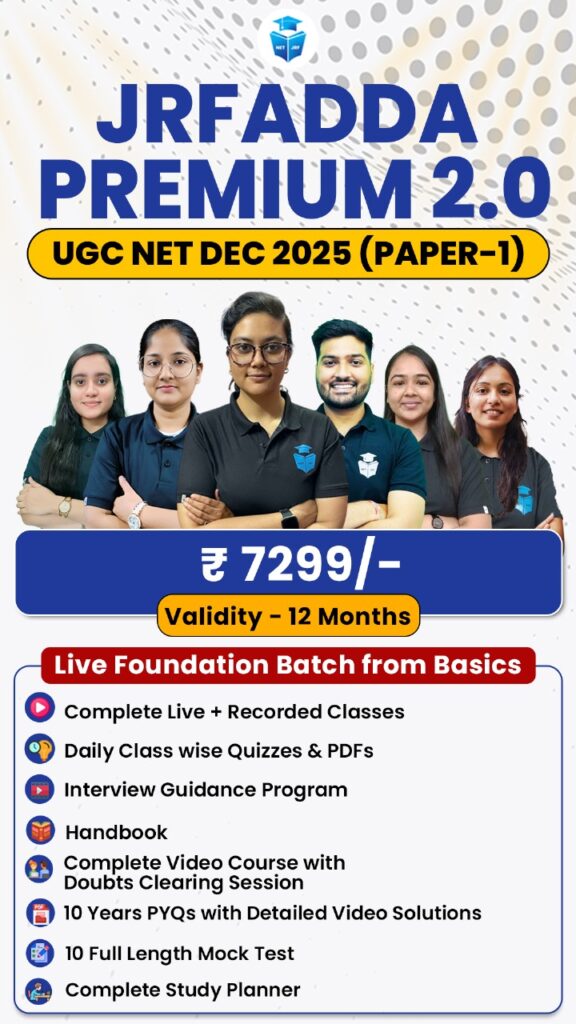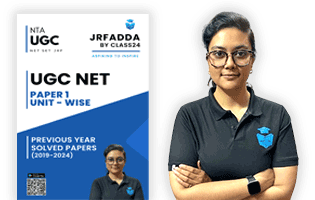The UGC NET Pali 2025 examination is a national-level test conducted by the National Testing Agency (NTA) on behalf of the University Grants Commission (UGC). This exam is conducted on 28th June 2025 in first shift serves as a gateway for aspiring scholars to qualify for Assistant Professor positions or secure the Junior Research Fellowship (JRF) in Indian universities and colleges, specifically in the field of Pali.
UGC NET Pali 2025 Exam Analysis
The UGC NET Pali 2025 exam, conducted in the June cycle, was rated as moderate in difficulty by most candidates.
Paper 1, which is common to all subjects, was considered easy to moderate, covering teaching and research aptitude, logical reasoning, data interpretation, ICT, environment, communication, and higher education system. Most candidates were able to attempt around 38–42 questions confidently in this section.
Paper 2 (Pali) focused on both language proficiency and literature, requiring good command over Pali grammar, syntax, and vocabulary. Questions covered canonical texts (Tipitaka), non-canonical literature, history of Pali language, schools of Buddhism, literary criticism, and contributions of major scholars. Some questions tested factual recall of important suttas and their themes, while others required deeper analysis of Buddhist philosophy, ethics, and influence of Pali literature on Indian culture. A few candidates found sections on philology and comparative study with Prakrit languages more challenging.
What is UGC NET Pali?
UGC NET Pali is a specialized subject under the UGC NET scheme, designed to assess a candidate’s expertise in various aspects of the Pali language, literature, and Buddhist philosophy. This examination evaluates the depth of knowledge and research aptitude of candidates in the Pali discipline.
Qualifying the UGC NET Pali exam enables candidates to:
- Apply for Junior Research Fellowship (JRF) in recognized research institutions.
- Become eligible for Assistant Professor roles in Pali departments across Indian universities.
It is a crucial exam that ensures academic and professional excellence in the field of Pali studies.
Also Read: UGC NET Exam 2025
UGC NET Pali 2025 Key Highlights
Here are the essential details of the UGC NET Pali 2025 examination:
| Component | Details |
| Exam Name | UGC NET Pali 2025 |
| Conducting Agency | National Testing Agency (NTA) |
| Exam Mode | Computer-Based Test (CBT) |
| Exam Frequency | Twice a year (June and December sessions) |
| Papers | Two (Paper I – General, Paper II – Subject Specific) |
| Total Questions | 150 |
| Maximum Marks | 300 |
| Exam Duration | 3 Hours (180 minutes) |
| Marking Scheme | +2 for each correct answer, no negative marking |
| Official Website | ugcnet.nta.nic.in |
UGC NET Pali 2025 Eligibility Criteria
Candidates aspiring to appear for the UGC NET Pali 2025 exam must meet the following eligibility criteria:
Educational Qualification
- A Master’s degree in Pali or a closely related field (such as Buddhist Studies, Ancient Indian History, or Sanskrit) from a UGC-recognized university.
- Minimum qualifying marks:
- General / EWS / OBC-NCL / Third Gender: 55%
- SC / ST / PwD: 50%
- Final-year postgraduate students are eligible to apply provisionally.
Age Limit
- For Junior Research Fellowship (JRF):
- General category: Up to 30 years
- OBC-NCL: Up to 33 years (3-year relaxation)
- SC/ST/PwD/Women: Up to 35 years (5-year relaxation)
- For Assistant Professor: No upper age limit.
Also Read: UGC NET Eligibility 2025
UGC NET Pali Exam Pattern 2025
The UGC NET Pali exam comprises two papers, both conducted in a single session:
| Paper | Subject | No. of Questions | Total Marks | Duration | Type |
| I | Teaching & Research Aptitude | 50 | 100 | 3 hours | Multiple Choice Questions |
| II | Pali (Core Subject) | 100 | 200 | 3 hours | Multiple Choice Questions |
Note: There is no negative marking for incorrect answers in either paper.
UGC NET Pali Marking Scheme
The marking scheme for the UGC NET Pali exam is as follows:
| Paper | Questions | Marks | Marks/Question | Negative Marking |
| I | 50 | 100 | 2 | No |
| II | 100 | 200 | 2 | No |
| Total | 150 | 300 | – | No |
UGC NET Pali 2025 Minimum Qualifying Marks
To be eligible for JRF or Assistant Professor roles, candidates must achieve the following minimum qualifying marks:
| Category | Paper I | Paper II |
| General / Unreserved | 40% | 40% |
| OBC-NCL / SC / ST / PwD | 35% | 35% |
UGC NET Pali Syllabus 2025
The UGC NET Pali syllabus is comprehensive and spans various domains. Here is a quick overview:
Paper I: General Aptitude (Common to All Subjects)
This paper assesses teaching and research aptitude, reasoning ability, comprehension, divergent thinking, and general awareness.
- Teaching Aptitude
- Research Aptitude
- Reading Comprehension
- Communication
- Mathematical Reasoning
- Logical Reasoning
- Data Interpretation
- Information & Communication Technology (ICT)
- People and Environment
- Higher Education System
Paper II: Pali (Subject-Specific)
This paper evaluates the candidate’s in-depth knowledge of the Pali language, literature, and Buddhist philosophy. The syllabus includes:
| Unit | Topics Covered |
| Unit – I | Biography of the Buddha (Based on Pāli Sources): Ariyapariyesanasutta / Pāsarāsisutta (Majjhimanikāya), Mahāparinibbānasutta (Dīghanikāya), Jātakanidānakathā, Jinacarita.
Buddhist Councils: First, Second, and Third Councils (Based on Cullavagga – Pañcasatikā-khandhaka, Sattasatikā-khandhaka; Samantapāsādikā – Bāhirakathā; Mahāvaṁsa). |
| Unit – II | Pāli Grammar: Tradition and Characteristics.
Linguistics: Derivation and Homeland of ‘Pāli’ Language. Grammatical Elements: Alphabets, Sandhi, Kāraka, Samāsa, Taddhita, Ākhyāta, Kṛdanta (Based on Bālāvatāra). |
| Unit – III | Vinaya Texts: Mahāvagga (Mahākhandhaka), Cullavagga (Kammakhandhaka), Pātimokkha.
Overview: General Introduction to Vinayapiṭaka. |
| Unit – IV | Sutta Texts: Dīghanikāya – Brahmajālasutta, Kūṭadantasutta; Majjhimanikāya – Satipaṭṭhānasutta; Saṁyuttanikāya – Buddhavagga of Nidānavagga’s Nidānasaṁyutta; Aṅguttaranikāya – Nīvaraṇappahāṇavagga, Akammanīyavagga (Ekakanipāta).
Overview: General Introduction to Suttapiṭaka. |
| Unit – V | Khuddakanikāya Texts: Dhammapada – Yamakavagga, Appamādavagga, Cittavagga; Suttanipāta – Kasibhāradvājasutta, Vāseṭṭhasutta; Therīgāthā – Mahāpajāpati-gotamītherī, Ambapālitherī; Jātaka – Vānarindajātaka, Sasajātaka, Javasakuṇajātaka.
Overview: General Introduction to Khuddakanikāya. |
| Unit – VI | Abhidhamma Texts: Dhammasaṅgaṇī – Dukamātikā, Tikamātikā; Abhidhammatthasaṅgaha – Citta, Cetasika, Rūpa, Nibbāna.
Overview: Introduction to Abhidhamma Literature. |
| Unit – VII | Milindapañha: Bāhirakathā, Lakkhaṇapañha.
Overview: General Introduction to Milindapañha. |
| Unit – VIII | Visuddhimagga: Sīlaniddesa.
Commentarial Tradition: General Introduction to Visuddhimagga and Aṭṭhakathā Literature; Contributions of Buddhadatta, Buddhaghosa, and Dhammapāla. |
| Unit – IX | Literature Overview: General Introduction to Vaṁsa Literature and Pāli Kāvya Literature. |
| Unit – X | Buddhist Philosophical Concepts: Arahata, Bodhisatta, Paccekabuddha, Sammāsambuddha, Sīla, Samādhi, Paññā, Brahmavihāra, Ariyasacca, Ariyaaṭṭhaṅgika-magga, Tilakkhaṇa, Paṭiccasamuppāda, Kammavāda, Bodhipakkhiyadhamma, Nibbāna, Nīvaraṇa, Saṁyojana, Hetu, Āsava. |
UGC NET Pali Syllabus PDF Download
Candidates can download the official syllabus for UGC NET Pali 2025 from the NTA website or through the following links:
| Subject | Link |
| Paper I (General Aptitude) | Download Syllabus |
| Paper II (Pali) | Download Syllabus |
Also Read: UGC NET Syllabus 2025
UGC NET Pali Previous Year Question Papers
Practicing previous year papers is essential to understand the exam pattern, question types, and topic-wise weightage. Here are some resources:
| Year | Download Link |
| 2023 | Available Soon |
| 2022 | Available Soon |
| 2021 | Available Soon |
| 2020 | Available Soon |
| 2018 | Available Soon |
These papers help in time management and identifying frequently asked topics.
UGC NET Pali Career Scope
Clearing the UGC NET Pali exam opens up numerous academic and professional opportunities:
Academic Sector
Candidates can pursue careers in academia, research, and higher education.
- Assistant Professor roles in universities and colleges
- Research Fellowships (JRF/SRF) in funded projects
- Admission to Ph.D. programs in Pali and allied disciplines
Government Sector
The UGC NET Pali qualification is also valuable in the government and public sector for roles that intersect with language preservation, education, and cultural studies.
- Research positions in government-funded language research bodies
- Appointments in State Archaeological Departments and Museums
- Roles in Ministry of Culture, Tourism, and Education
- Contributions to language digitization and manuscript preservation initiatives
Private & International Sector
Professionals with advanced Pali knowledge also find opportunities beyond traditional academia.
- Work with international Buddhist study centers, monasteries, and non-profit organizations
- Opportunities in translation services, especially for Buddhist texts
- Employment in publishing houses, academic content creation, and e-learning platforms
- Contribution to documentary production, historical reconstructions, and linguistic consultancy
UGC NET Pali 2025 Preparation Tips
Preparing for UGC NET Pali requires structured effort, authentic resources, and consistent revision. Here’s how to boost your preparation:
- Understand the Complete Syllabus: Break down the syllabus unit-wise. Prioritize foundational topics like Pali grammar and canonical texts.
- Use Standard Textbooks and Commentaries: Refer to sources like A Pali Grammar for Students, Abhidhammattha Sangaha, and translations of Tipitaka for conceptual clarity.
- Practice Regularly: Solve previous year question papers, practice MCQs topic-wise, and enroll in mock test series to improve accuracy and speed.
- Join Study Groups and Online Platforms: Use Telegram groups, YouTube lectures, and educational forums to stay updated and discuss doubts.
- Make Concise Notes and Revision Charts: Prepare short notes on doctrinal concepts, linguistic rules, and historical developments for quick revisions.
Conclusion
The UGC NET Pali 2025 exam is not just an academic milestone but a bridge to meaningful careers in teaching, research, language preservation, and cultural education. With India’s renewed emphasis on classical languages and Buddhist studies, the demand for skilled Pali scholars is rising steadily. Aspirants who combine thorough preparation with a genuine passion for the subject can build rewarding careers in both national and international domains.
UGC NET Pali 2025 FAQs
What is the UGC NET Pali exam?
UGC NET Pali is a national-level exam conducted to determine eligibility for Junior Research Fellowship (JRF) and Assistant Professor roles in the subject of Pali.
Can I apply for UGC NET Pali without a degree in Pali?
You can apply if your Master’s degree is in a related field such as Buddhist Studies, Sanskrit, or Ancient Indian History, depending on UGC’s eligibility norms.
Is the UGC NET Pali exam difficult?
The exam is moderately challenging and requires a strong grasp of Pali grammar, canonical literature, and teaching aptitude. Regular practice can significantly ease the preparation.
How often is the UGC NET Pali exam conducted?
The exam is conducted twice a year — typically in June and December sessions by the National Testing Agency (NTA).
What careers are available after clearing UGC NET Pali?
Qualified candidates can pursue roles as Assistant Professors, researchers, language consultants, translators, or work with cultural and educational organizations in India and abroad.
